Nintendo's overdue upgrade is a strong contender, even amid competition from handheld PCs.
Maybe not the best showcase of the hardware, but squeezing 40+ years of Nintendo history into a single image was too compelling.
When Nintendo launched the Switch in 2017, the sheer novelty of the new hardware brought the company a lot of renewed attention. After the market disaster of the Wii U's homebound "second screen" tablet, Nintendo exploited advances in system-on-a-chip miniaturization to create something of a minimum viable HD-capable system that could work as both a lightweight handheld and a slightly underpowered TV-based console. That unique combination, and Nintendo's usual selection of first-party system sellers, set the console apart from what the rest of the gaming market was offering at the time.
Eight years later, the Switch 2 launched into a transformed gaming hardware market that the original Switch played a large role in shaping, one full of portable gaming consoles that can optionally be connected to a TV. That includes full-featured handheld gaming PCs like the Steam Deck and its many imitators, but also streaming-focused Android-based gaming handhelds and retro-focused emulation machines on the cheaper end. Even Microsoft is preparing to get in on the act, streamlining the Windows gaming experience for an Asus-powered handheld gaming PC that hides the Windows desktop.
Mario is excited! Are you? Credit: Kyle Orland
Those market changes make the Switch 2 a lot less of a novelty than its predecessor. As its name implies, it is essentially a direct sequel to the original Switch hardware, with improvements to the physical hardware and internal architecture. Rather than shaking things up with a new concept, Nintendo seems to be saying, "Hey, you liked the Switch? Here's the same thing, but moreso."
That "moreso" will surely be enough for players who complained about the Switch's increasingly obvious struggles to play graphically demanding games in the last few years. But in a gaming world full of capable and usable handheld PCs, a "more of the same" Switch 2 might be a bit of a tougher sell.
Joyful Joy-Cons
Let's start with one feature that the Switch line still can boast over most of its handheld gaming competition: the removable Joy-Cons. The new magnetic slotting system for these updated controllers on the Switch 2 is a sheer joy to use, allowing for easy and quick one-handed removal as well as a surprisingly secure portable mode connection. After a week spent snapping them on and off dozens of times, I still can't get over how great the design feels.
The new Joy-Cons also ameliorate what was probably the largest complaint about the ones on the Switch: their size. Everything from the overall footprint to the buttons and joystick has been expanded to feel much more appropriate in larger hands. The days of average adults having to awkwardly scrunch their fingers around a Switch Joy-Con in each hand can be relegated to the past, where they belong.
Holding a single Joy-Con in two hands is still not ideal, but it works in a pinch.
Like the Switch before it, the removable Joy-Cons can also be used separately, essentially offering baseline purchasers two controllers for the price of one. The added size helps make holding an individual Joy-Con horizontally in two hands much more comfortable, especially when it comes to tapping the expanded shoulder buttons on the controllers' inner edge. But the face buttons and joystick are still a bit too cramped and oddly placed to make this a preferred way to play for long stretches.
Still, for situations where you happen to have other players around—especially young children who might not mind the smaller-than-standard size—it's nice to have a feasible multiplayer option without needing to invest in new controllers. And the Switch 2's seamless compatibility with your old Switch controllers (in tabletop or docked mode, at least) provides even more control flexibility and value for upgraders.
Control compromises
The main problem with the Switch 2 Joy-Cons continues to be their thinness, which is practically unchanged from the original Switch. That's handy for keeping the overall system profile nice and trim in portable mode, but it means the Joy-Cons are missing the bulbous, rounded palm grips you see on handhelds like the Steam Deck and standard console controllers dating back to the original PlayStation.
Without this kind of grip, the thin, rounded bottom corner of the Joy-Cons ends up wedged oddly between the fleshy parts of your palm. Your free fingers, meanwhile, are either awkwardly wrapped around the edge of the loose Joy-Cons or uncomfortably perched to support the flat back of a portable system that's a noticeable 34 percent heavier than the original Switch. And while an included Joy-Con holster helps add these rounded grips for tabletop or docked play, the "flat finger" problem is unavoidable when playing the system in portable mode.
The included grip gives your palms a comfortable place to rest when holding the Joy-Cons.
After spending a week with the Joy-Cons, I started to notice a few other compromises. Despite the added size, the face buttons are still slightly smaller than you'll find on other controllers, meaning they can dig into the pad of your thumb when held down for extended periods. The shoulder buttons, which have also been expanded from the original Switch, still lack the increased travel and sensitivity of the analog triggers that are standard on nearly every competing controller. And the positioning of the right joystick encroaches quite close to the buttons just above it, making it easy to accidentally nudge the stick when pressing the lower B button.
Those kinds of control compromises help keep the portable Switch 2 notably smaller and lighter than most of its handheld PC competition. But they also mean my Switch 2 will probably need something like the Nyxi Hyperion Pro, which I've come to rely on to make portable play on the original Switch much more comfortable.
Improvements inside and out
Unlike the controllers, the screen on the Switch 2 is remarkably low on compromises. The full 1080p, 7.9-inch display supports HDR and variable refresh rates up to 120 Hz, making it a huge jump over both the original Switch and most of the screens you'll find on competing handheld gaming PCs (or even some standard HDTVs when it comes to the maximum frame rate). While the screen lacks the truly deep blacks of a true OLED display, I found that the overall brightness (which reportedly peaks at about 450 nits) makes it hard to notice.
The bigger, brighter, sharper screen on the Switch 2 (top) is a huge improvement over the first Switch. Credit: Kyle Orland
The custom Nvidia processor inside the Switch 2 is also a welcome improvement over a Tegra processor that was already underpowered for the Switch in 2017. We've covered in detail how much of a difference this makes for Switch titles that have been specially upgraded to take advantage of that extra power, fixing fuzzy graphics and frame rate issues that were common on Nintendo's previous system. It's hard to imagine going back after seeing Tears of the Kingdom running in a silky-smooth 60 fps or enjoying the much sharper textures and resolution of portable No Man's Sky on the Switch 2.
Link's Awakening, Switch 1, docked. Andrew Cunningham
However, the real proof of the Switch 2's improved power can be seen in early third-party ports like Cyberpunk 2077, Split Fiction, Hitman World of Assassination, and Street Fighter VI, which would have required significant visual downgrades to even run on the original Switch. To my eye, the visual impact of these ports is roughly comparable to what you'd get on a PS4 Pro (in handheld mode) or an Xbox Series S (in docked mode). In the medium term, that should be more than enough performance for all but the most determined pixel-counters, given the distinctly diminishing graphical returns we're seeing from more advanced (and more expensive) hardware like the PS5 Pro.
The Switch 2 delivers a perfectly fine-looking version of Cyberpunk 2077 Credit: CD Projekt Red
The biggest compromise for all this extra power comes in the battery life department. Games like Mario Kart World or Cyberpunk 2077 can take the system from a full charge to completely drained in somewhere between 2 and 2.5 hours. This time span increases significantly for less demanding games like old-school 2D classics and can be slightly extended if you reduce the screen brightness. Still, it's a bit grating to need to rely on an external battery pack just to play Mario Kart World for an entire cross-country flight.
Externally, the Switch 2 is full of tiny but welcome improvements, like an extra upper edge USB-C port for more convenient charging and a thin-but-sturdy U-shaped stand for tabletop play. Internally, the extremely welcome high-speed storage helps cut initial load times on games like Mario Kart 8 roughly in half (16.5 seconds on the Switch versus 8.5 seconds on the Switch 2 in our testing).
The embedded stand on the Switch 2 (right) is a massive improvement for tabletop mode play. Credit: Kyle Orland
But the 256GB of internal storage included in the Switch 2 is also laughably small, considering that individual digital games routinely require downloads of 50GB to 70GB. That's especially true in a world where many third-party games are only available as Game Key Cards, which still require that the full game be downloaded. Most Switch 2 customers should budget $50 or more for a MicroSD Express card to add at least 256GB of additional storage.
Those Nintendo gimmicks
Despite the "more of the same" overall package, there are a few small areas where the Switch 2 does something truly new. Mouse mode is the most noticeable of these, letting you transform a Joy-Con into a PC-style mouse simply by placing it on its edges against most flat-ish surfaces. We tested this mode on surfaces ranging from a hard coffee table to a soft pillow-top mattress and this reviewer's hairy thighs and found the mouse mode was surprisingly functional in every test. While the accuracy and precision fall off on the squishier and rounder of those tested surfaces, it's something of a marvel that it works at all.
A bottom-up look at the awkward claw-like grip required for mouse mode. Credit: Kyle Orland
Unfortunately, the ergonomics of mouse mode still leave much to be desired. This again comes down to the thinness of the Joy-Cons, which don't have the large, rounded palm rest you'd expect from a good PC mouse. That means getting a good sense of control in mouse mode requires hooking your thumb, ring finger, and pinky finger into a weird modified claw-like grip around the Joy-Con, a pose that becomes uncomfortable after even moderate use. A holster that lets the Joy-Con slot into a more traditional mouse shape could help with this problem; failing that, mouse mode seems destined to remain a little-used gimmick.
GameChat is the Switch 2's other major "new" feature, letting you communicate with friends directly through the system's built-in microphone (which works rather well even across a large and noisy living room) or an optional webcam (many standard USB cameras we tested worked just fine). It's a welcome and simple way to connect with other players without having to resort to Discord or the bizarre external smartphone app Nintendo relied on for voice chat on the original Switch.
In most ways, it feels like GameChat is just playing catch-up to the kind of social sharing features competitors like Microsoft were already including in their consoles back in 2005. However, we appreciate GameChat's ability to easily share a live view of your screen with friends, even if the low-frame-rate video won't give Twitch streams a run for their money.
Those kinds of complaints can also apply to GameShare, which lets Switch 2 owners stream video of their game with a second player, allowing them to join in the game from a secondary Switch or Switch 2 console (either locally or remotely). The usability of this feature seems heavily dependent on the wireless environment in the players' house, ranging from smooth but grainy to unplayably laggy. And the fact that GameShare only works with specially coded games is a bit annoying when Steam Remote Play offers a much more generalized remote co-op solution on PC.
The best of both worlds?
This is usually the point in a console review where I warn you that buying a console at or near launch is a poor value proposition, as you'll never pay more for a system with fewer games. That's not necessarily true these days. The original Switch never saw an official price drop in its eight years on the market, and price increases are becoming increasingly common for some video game hardware. If you think you're likely to ever be in the market for a Switch 2, now might be the best time to pull the trigger.
Mario Kart World offers plenty to see and do until more must-have games come to the Switch 2 library. Credit: Nintendo
That said, there's not all that much to do with a brand new Switch 2 unit at the moment. Mario Kart World is being positioned as the major system seller at launch, revitalizing an ultra-popular, somewhat stale series with a mixed bag of bold new ideas. Nintendo's other first-party launch title, the $10 Switch 2 Welcome Tour, is a tedious affair that offers a few diverting minigames amid dull slideshows and quizzes full of corny PR speak.
The rest of the Switch 2's launch library is dominated by ports of games that have been available on major non-Switch platforms for anywhere from months to years. That's nice if the Switch has been your only game console during that time or if you've been looking for an excuse to play these titles in full HD on a beautiful portable screen. For many gamers, though, these warmed-over re-releases won't be that compelling.
Other than that, there are currently only the barest handful of completely original launch titles that require the Switch 2, none of which really provide a meaningful reason to upgrade right away. For now, once you tire of Mario Kart, you'll be stuck replaying your old Switch games (often with welcome frame rate and resolution improvements) or checking out a trio of emulated GameCube games available to Switch Online Expansion Pack subscribers (they look and play just fine).
Looking to the future, the promise of further Nintendo first-party games is, as usual, the primary draw for the company's hardware. In the near term, games like Donkey Kong Bananza, Pokémon Legends Z-A, and Metroid Prime 4 (which will also be available on the older Switch with less wow-inducing performance) are the biggest highlights in the pipeline. Projecting a little further out, the Switch 2 will be the only way to legitimately play Mario and Zelda adventures that seem highly likely to be can't-miss classics, given past performance.
From top: Switch 2, Steam Deck OLED, Lenovo Legion Go S. Two of these three can play your entire Steam library. One of these three can play the new Mario Kart... Credit: Kyle Orland
Nintendo aside, the Switch 2 seems well-positioned to receive able portable-ready ports of some of the more demanding third-party games in the foreseeable future. Already, we've seen Switch 2 announcements for catalog titles like Elden Ring and future releases like 007 First Light, as well as a handful of third-party exclusives like FromSoft's vampire-filled Duskbloods.
Those are pretty good prospects for a $450 portable/TV console hybrid. But even with a bevy of ports and exclusives, it could be hard for the Switch 2's library to compete with the tens of thousands of games available on any handheld PC worth its salt. You'll pay a bit more for one of those portables if you're looking for something that matches the quality of the Switch 2's screen and processor—for the moment, at least. But the PC ecosystem's wider software selection and ease of customization might make that investment worth it for gamers who don't care too much about Nintendo's first-party efforts.
If you found yourself either regularly using or regularly coveting a Switch at any point over the last eight years, the Switch 2 is an obvious and almost necessary upgrade. If you've resisted the siren song for this long, though, you can probably continue to ignore Nintendo's once-novel hardware line.
Kyle Orland has been the Senior Gaming Editor at Ars Technica since 2012, writing primarily about the business, tech, and culture behind video games. He has journalism and computer science degrees from University of Maryland. He once wrote a whole book about Minesweeper.

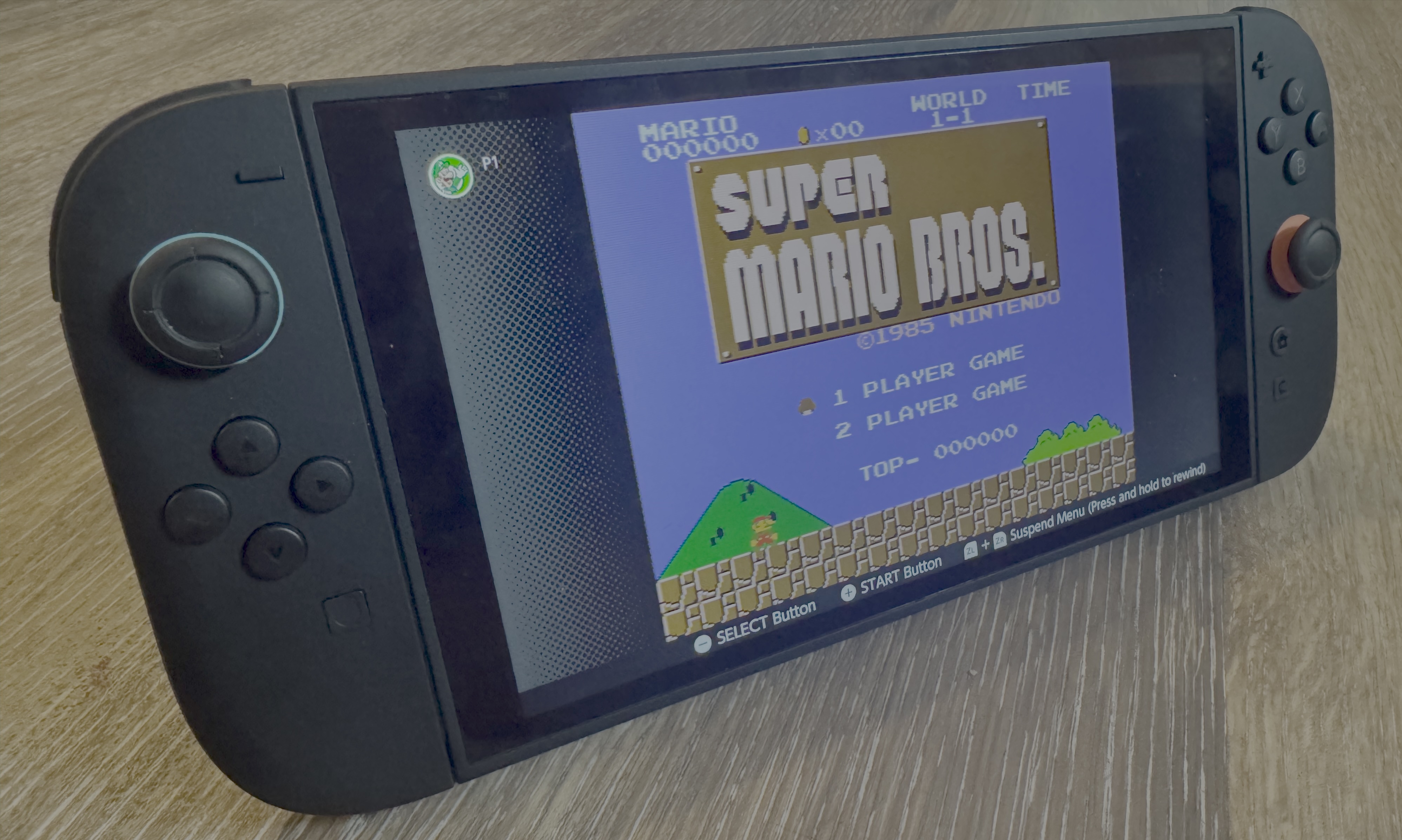

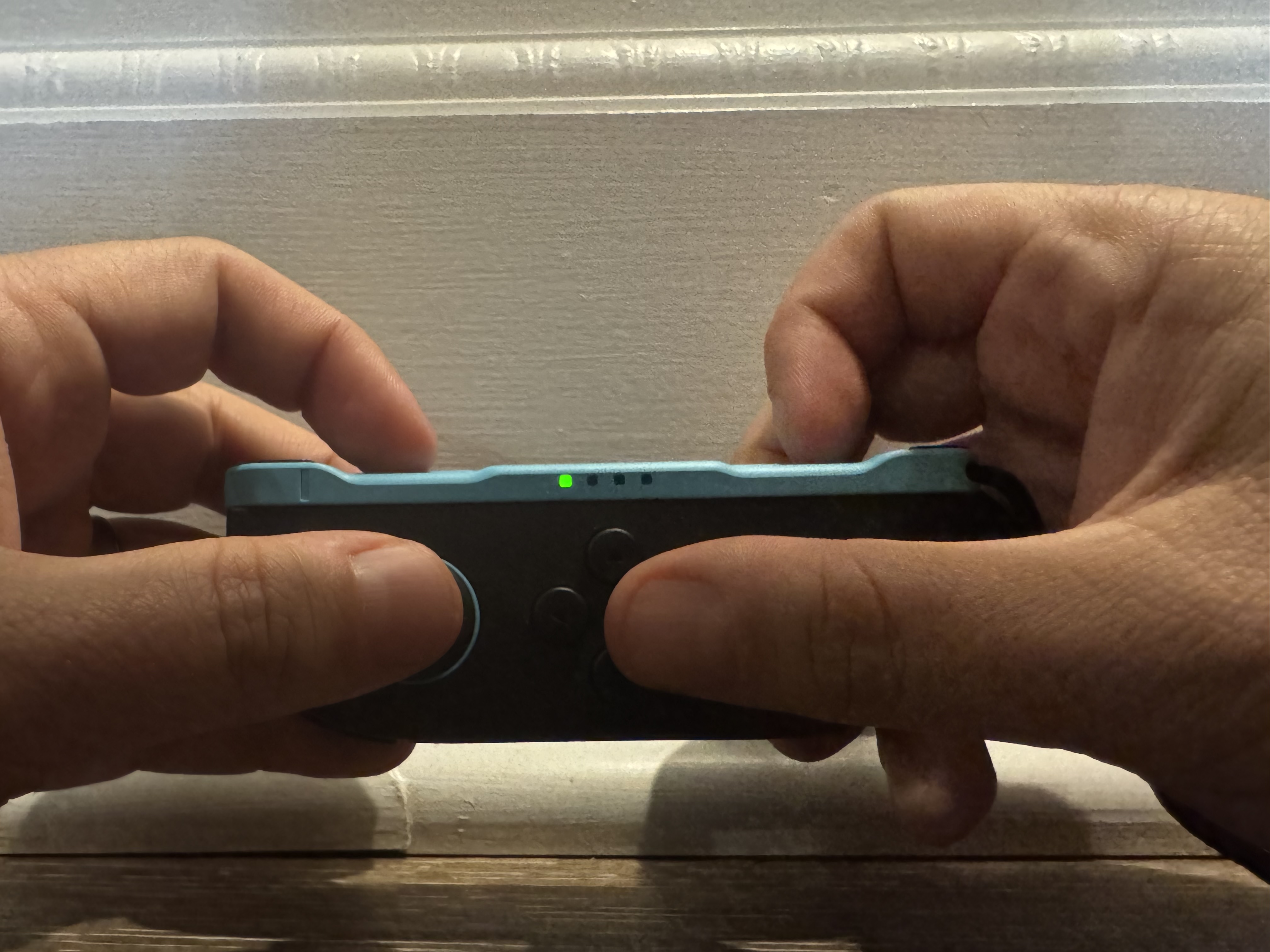

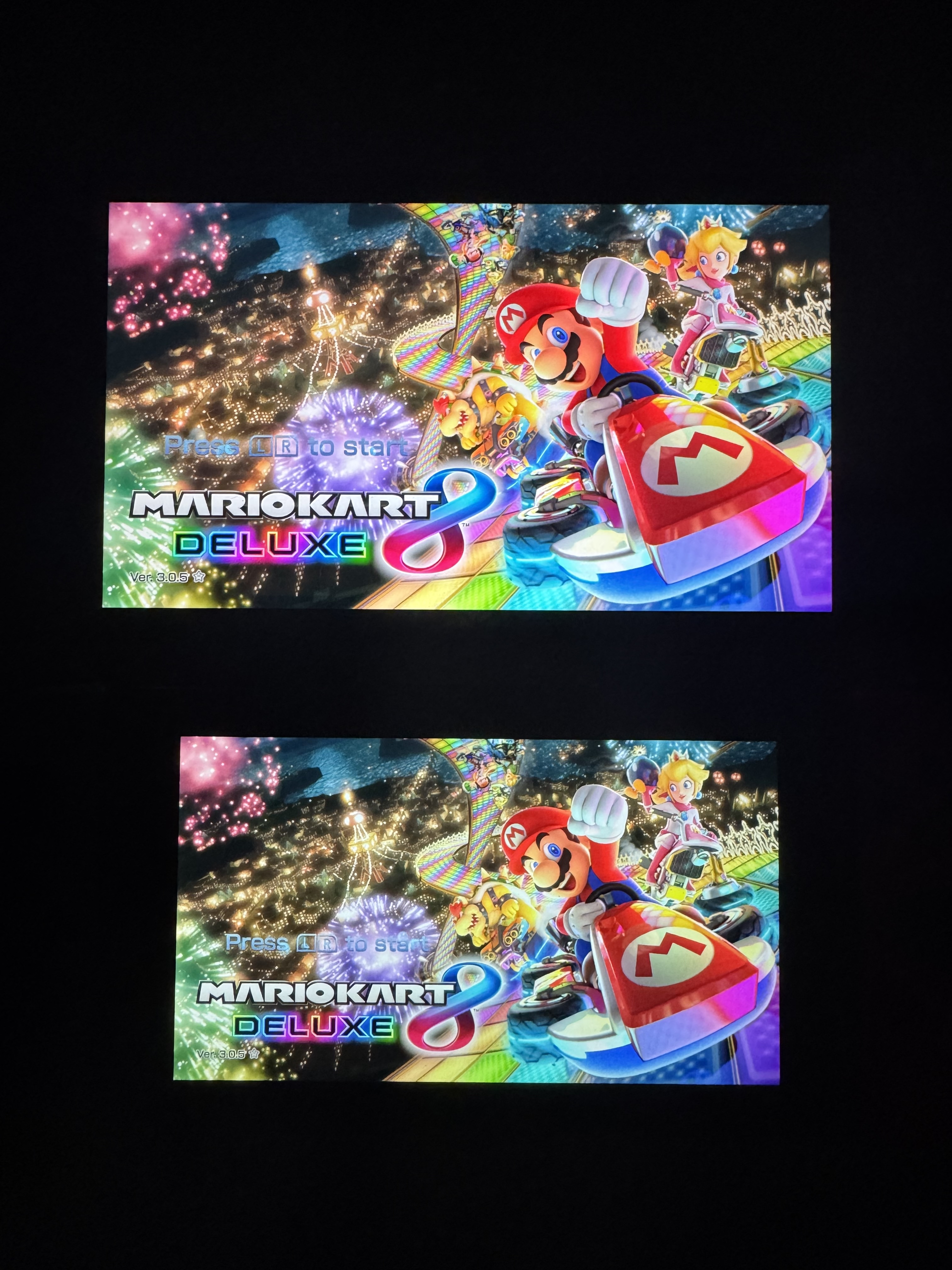
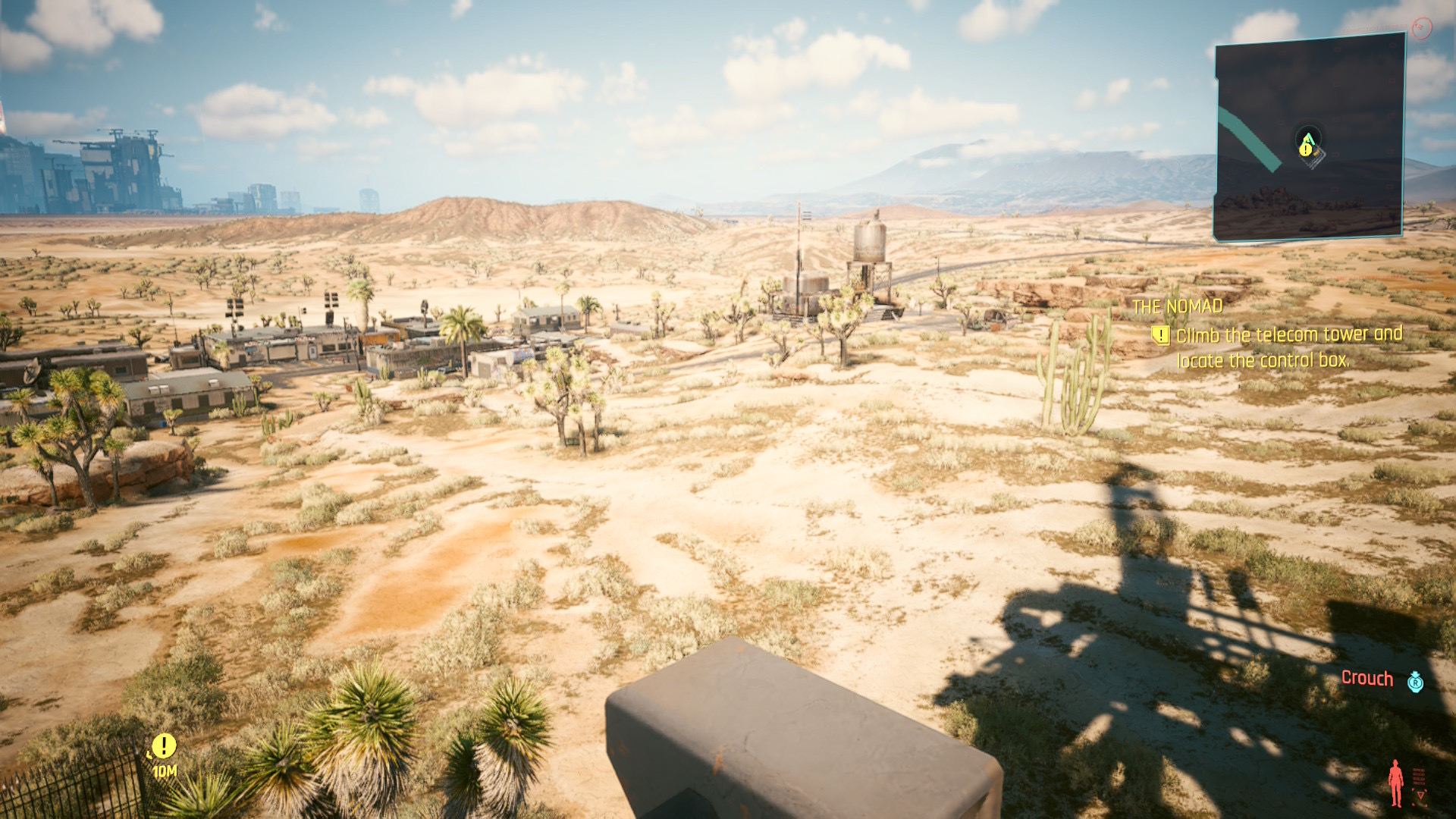
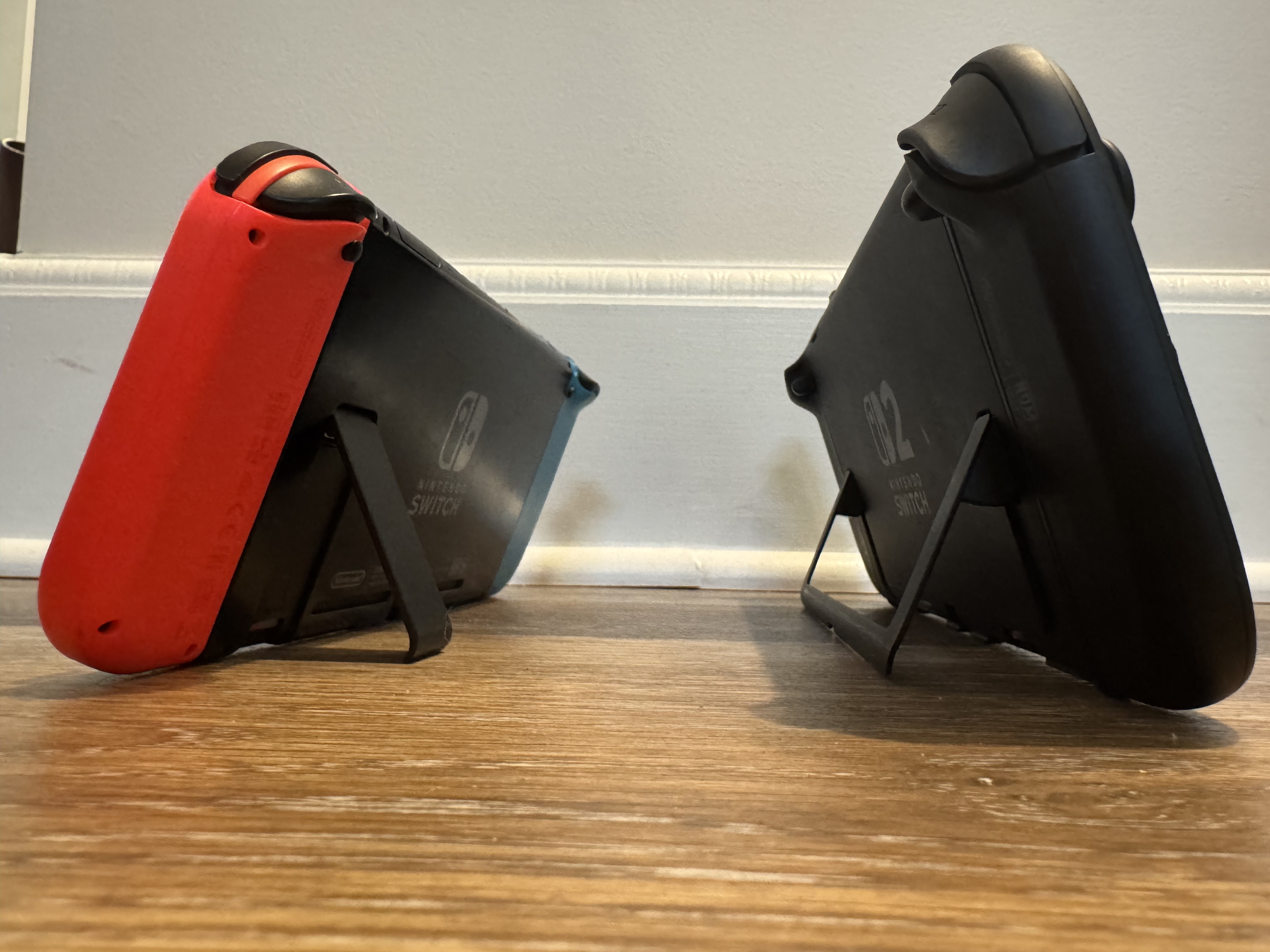
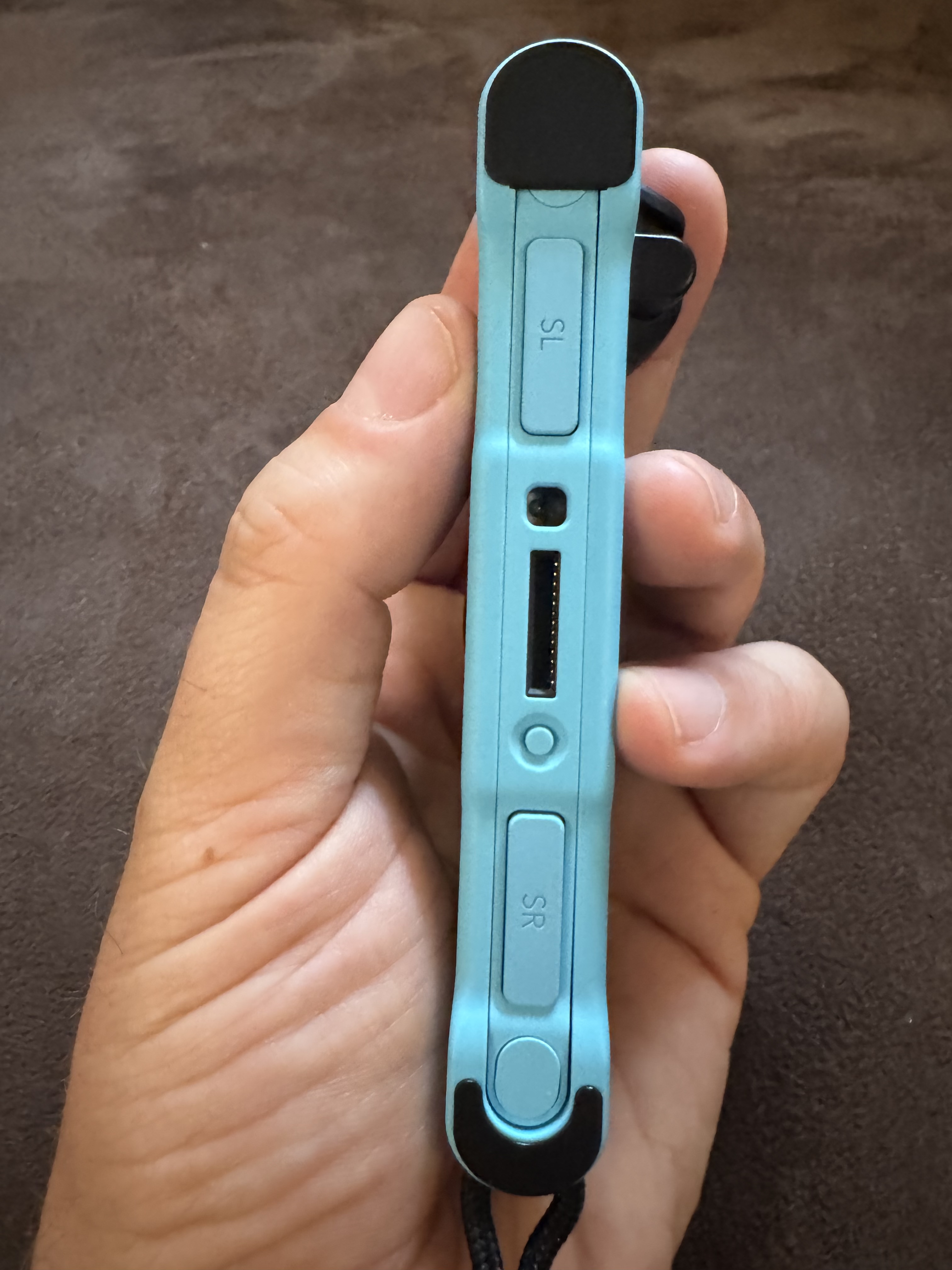
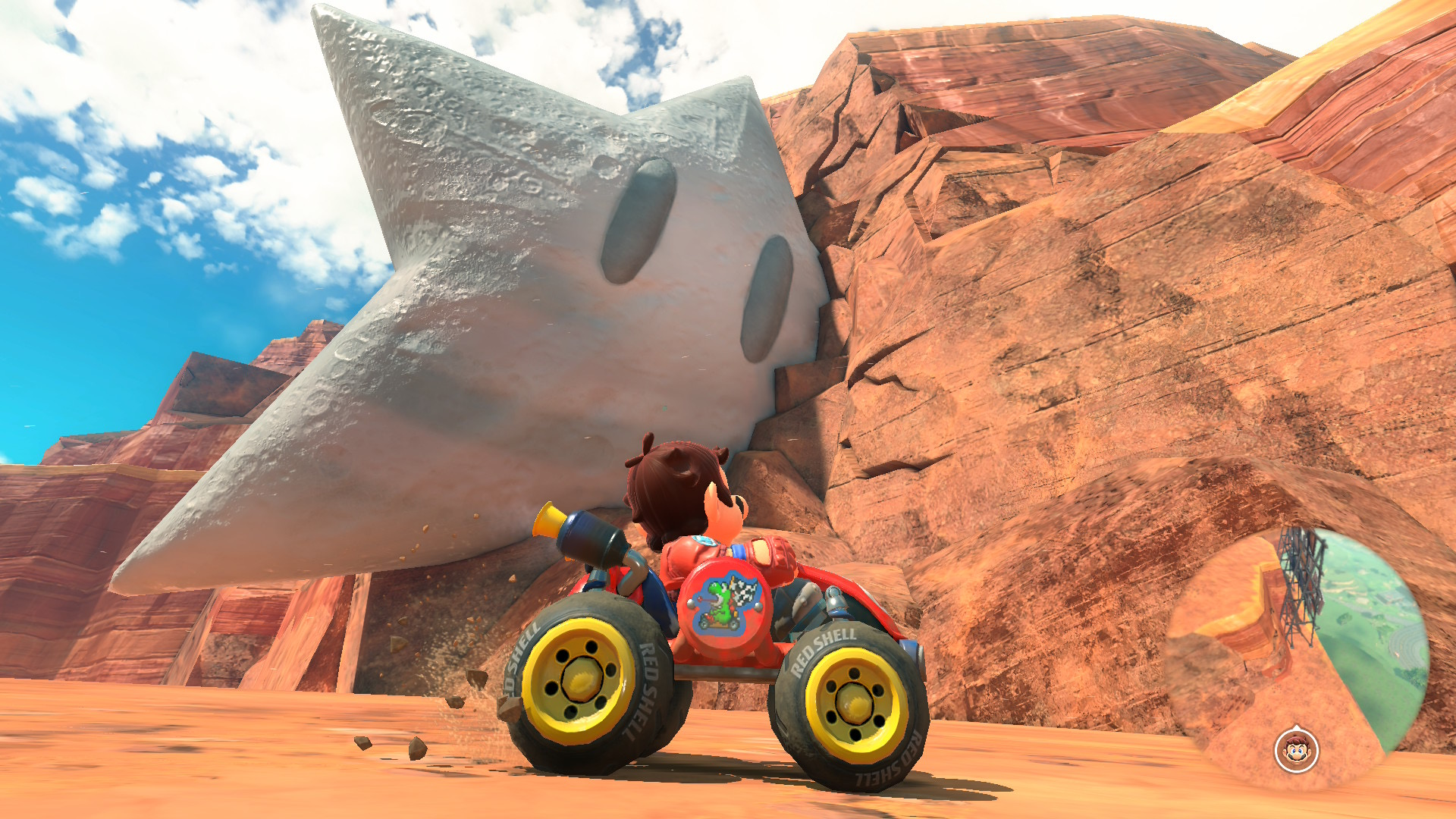
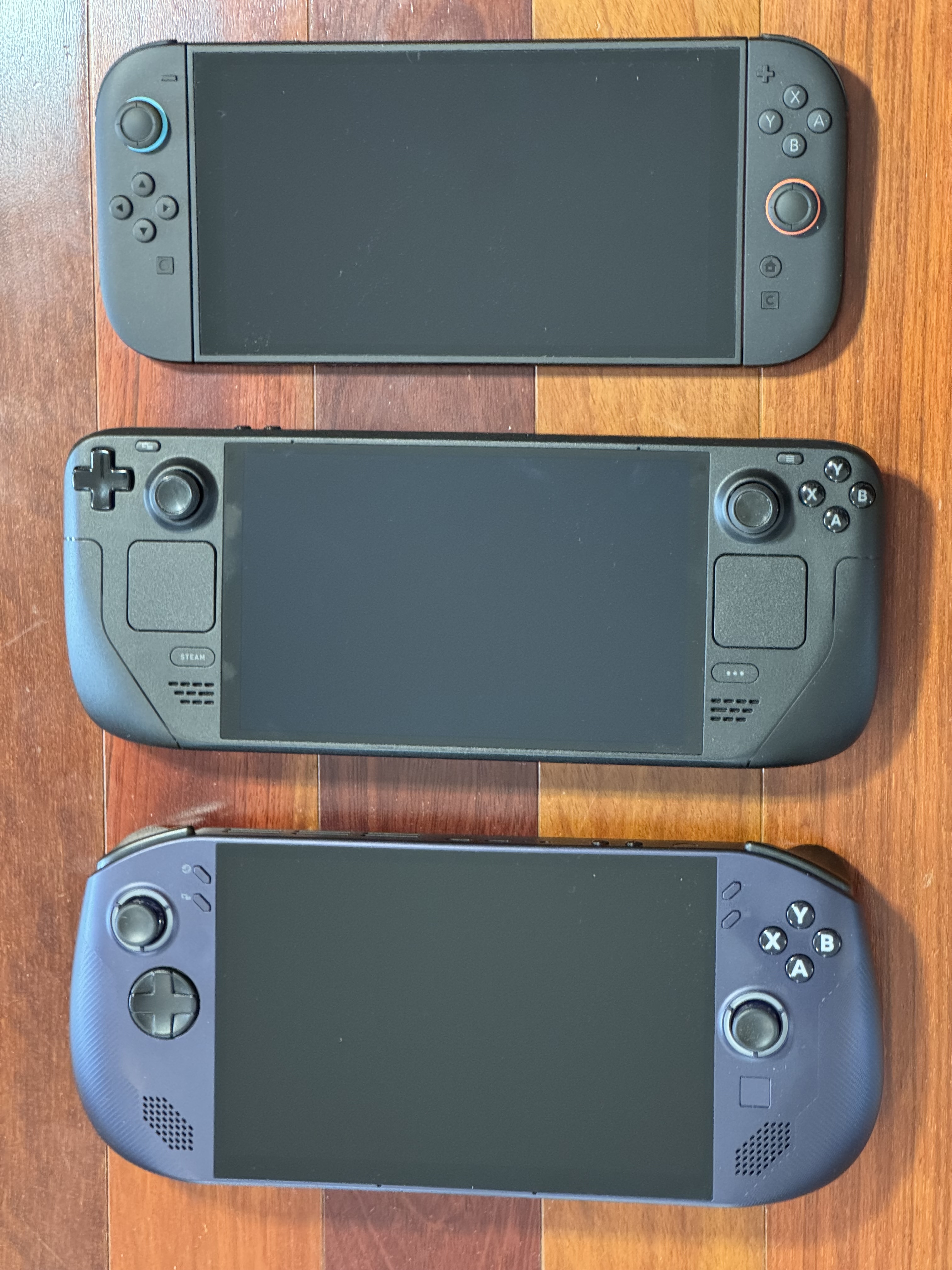






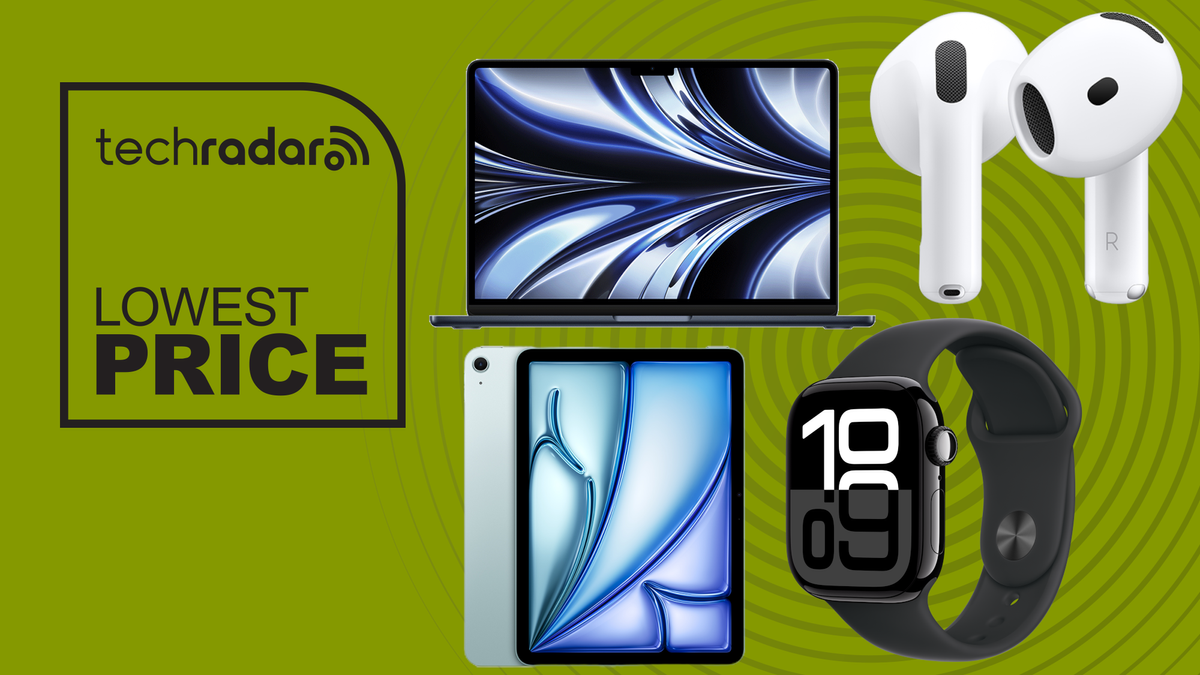
 English (US) ·
English (US) ·